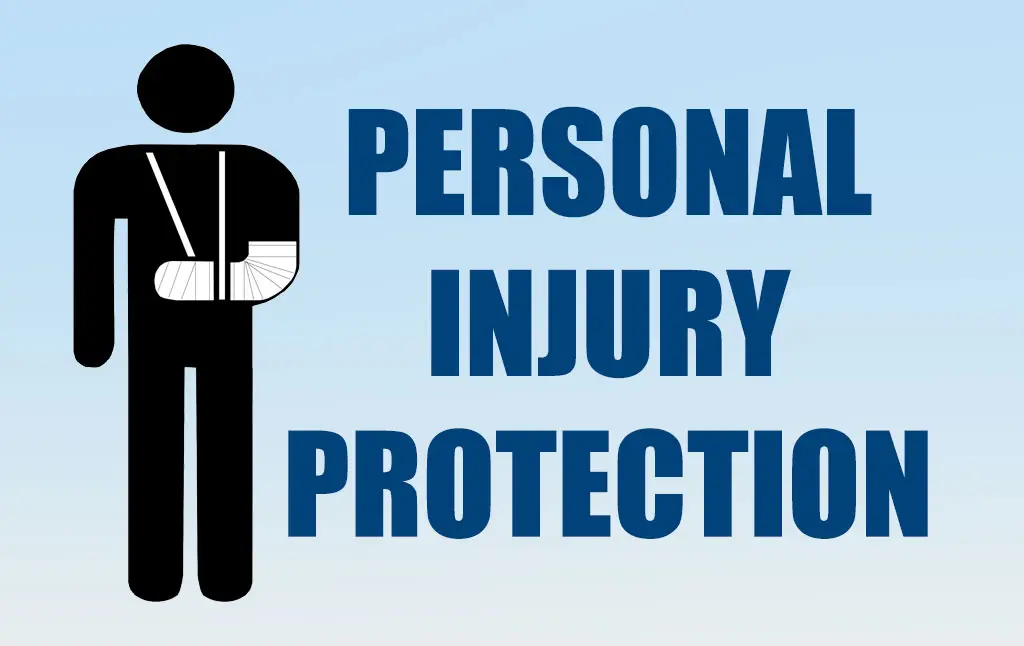Personal Injury Protection (PIP) Insurance, frequently known as “no-fault” insurance, is a vital component of car insurance rules in many areas. It is designed to cover scientific expenses, misplaced wages, and related charges, no matter who is at fault in a collision. Here, we delve into the intricacies of PIP coverage, its blessings, and why it is a vital element of comprehensive car insurance.
What is Personal Injury Protection (PIP) Insurance?
Personal Injury Protection insurance (PIP) is a form of vehicle coverage that will pay for the insured’s medical expenses after an accident, regardless of fault. PIP insurance is mandatory in some states and non-compulsory in others, providing drivers with peace of mind and monetary protection.
Key Features of PIP Insurance
- Medical Expense Coverage: PIP covers clinical bills for injuries sustained in an auto coincidence, medical institution visits, surgical procedures, and rehabilitation.
- Lost Wages Compensation: If a twist of fate affects missed work, PIP can cover a part of misplaced income, ensuring financial balance during recovery.
- Funeral Expenses: In unfortunate instances wherein a coincidence results in a fatality, PIP can help cover funeral costs, alleviating the economic burden on the family.
- Rehabilitation Costs: PIP can cover the prices of bodily therapy and other rehabilitation services needed to get over accidents.
- Household Services: If injuries prevent you from appearing for family tasks, PIP can cover the hiring help fee.
Benefits of Personal Injury Protection Insurance
PIP insurance gives numerous blessings, making it a crucial consideration for all drivers:
- Immediate Financial Assistance: PIP offers an activation fee for scientific bills and different fees, reducing out-of-pocket expenses.
- No-Fault Coverage: Since PIP is not any-fault insurance, it pays out no matter who precipitated the accident, ensuring short access to finances.
- Comprehensive Protection: PIP covers more than simply scientific fees, offering a guide for numerous prices related to an accident.
How Does PIP Insurance Work?
Understanding how PIP insurance operates can assist policyholders in maximizing its advantages:
- Filing a Claim: After an accident, you document a claim with your coverage organization to get admission to PIP benefits. This is finished regardless of fault.
- Coverage Limits: PIP guidelines have specific coverage limits, which dictate the maximum amount payable for scientific costs, misplaced wages, and other costs.
- Coordination with Health Insurance: In a few cases, PIP may coordinate with medical health insurance to cover prices that are now not protected in well-known health plans.
- Exclusions and Deductibles: Like all coverage rules, PIP might also have exclusions and deductibles, which vary by provider and country.
Who Needs Personal Injury Protection Insurance?
PIP insurance is useful for everybody who wishes delivered protection on the street, mainly in states in which it is obligatory. It is especially positive for:
- High-Risk Drivers: Those who regularly feel pressured in high-visitor areas or are in tough situations.
- Families: Ensures complete insurance for all circle of relatives participants in the occasion of a twist of fate.
- Self-Employed Individuals: Provides crucial income protection if an accident affects their ability to paint.
Conclusion
Personal Injury Protection Insurance is useful for drivers looking for comprehensive insurance and peace of mind. By covering scientific costs, misplaced wages, and more, PIP gives financial safety and instant assistance following a twist of fate. Whether required through law or selected for introduced safety, PIP coverage is clever funding for protecting your fitness and price range on the street.
FAQs:
What is the difference between PIP insurance and medical payment coverage?
PIP insurance and scientific payments coverage pays for medical expenses after an automobile accident, but PIP offers broader insurance. While scientific payments insurance will only cover scientific costs, PIP additionally covers misplaced wages, rehabilitation charges, or funeral prices. Additionally, PIP is a no-fault insurance, meaning it can pay out irrespective of who brought on the accident. In contrast, clinical bills insurance usually applies when the insured driving force is at fault.
Is PIP insurance mandatory in all states?
No, PIP coverage is not mandatory in all states. It is needed in some states, especially for people with no-fault insurance legal guidelines, but it is elective in others. The specific requirements and insurance limits can vary by country. Drivers need to check their nation’s guidelines and seek advice from their insurance provider to understand their options and duties.
How do I file a PIP insurance claim after an accident?
To file a PIP insurance claim, follow these steps:
- Contact your insurance provider: Notify them of the accident immediately.
- Provide necessary documentation: This may include a police report, medical bills, and proof of lost wages.
- Complete claim forms: Fill out the forms provided by your insurer detailing the accident and injuries.
- Submit supporting documents: Include any additional documents your insurer requires, such as medical records or employer statements.
- Follow up: Contact your insurer to ensure your claim is processed promptly.
Can PIP insurance be used for passengers in my vehicle?
Yes, PIP insurance commonly covers passengers in your automobile who are injured in a twist of fate. The insurance extends to everybody inside the car at the time of the twist of fate, regardless of who became at fault. It’s critical to check the specifics of your coverage, as insurance limits and exclusions can range.
Does PIP insurance cover injuries sustained while not driving?
PIP coverage covers accidents sustained in vehicle accidents. However, it can additionally cover accidents that arise while you’re a pedestrian or bike owner, relying on your policy and state laws. If you are hit by a car while taking walks or cycling, PIP insurance could help pay your scientific charges. Review your coverage information or discuss it with your coverage company to comprehend the scope of your coverage.

